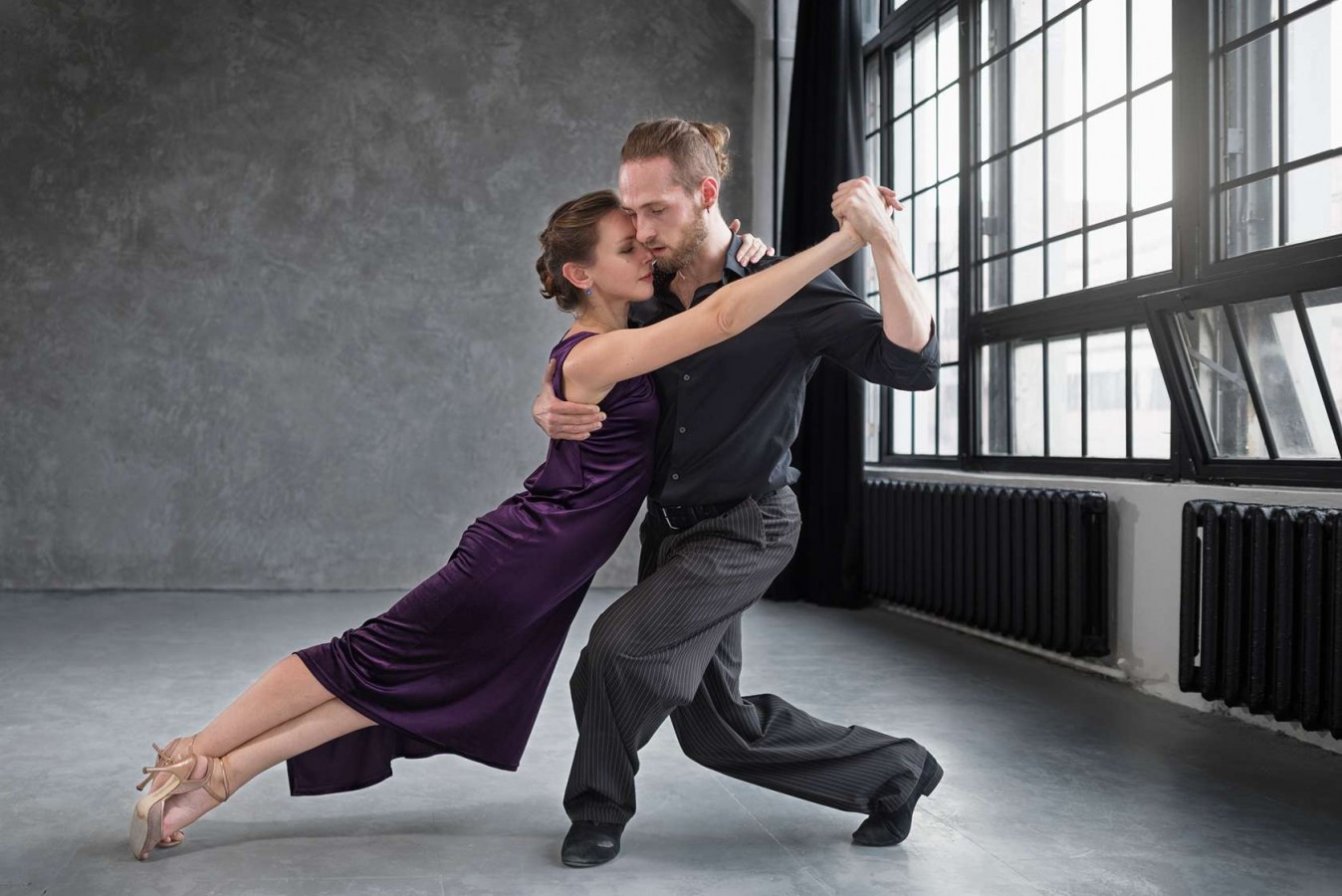Perfect Your Forehand and Backhand Loops In Table Tennis

The loop in table tennis is one of the most crucial techniques that separates advanced players from beginners. This powerful topspin shot, whether executed as a forehand or backhand, can control the game by adding both speed and spin to your strokes.
Understanding and mastering the loop in table tennis not only elevates your offensive play but also increases your ability to counter your opponent's attacks effectively.
This article delves into the essentials of perfecting your forehand and backhand loops, offering practical tips and drills to help you enhance your skills and bring your A-game to the table.
Why Mastering the Loop Technique is Essential
Mastering the loop technique is essential in table tennis because it allows players to control the pace and dynamics of a match. The loop shot, characterized by its heavy topspin and speed, is a key weapon used by top players to maintain an offensive position.
When executed correctly, the loop forces the ball to dip quickly after crossing the net, making it difficult for opponents to counter with an aggressive shot. This minimizes their opportunities to launch an attack, effectively putting them on the defensive.
By consistently applying pressure through well-executed loop shots, players can dominate rallies, dictate the flow of the game, and ultimately increase their chances of winning points and matches.
Forehand Loop in Table Tennis
The forehand loop is one of the most powerful and versatile shots in table tennis. When executed correctly, the forehand loop can dominate rallies, putting your opponent on the defensive and allowing you to dictate the pace of the game. The forehand loop involves several key steps:
1. Stance
Begin with your feet at least 1.5 shoulder widths apart, with your right foot slightly back. Bend your knees slightly and lean forward, keeping your weight on the front of your feet.
This stance provides stability and flexibility for adjusting your position. Keep your upper body relaxed and crouched slightly, allowing your shoulders to drop.
2. Positioning
Visualize a triangle between your shoulders and hands. Reach out with both arms and align your hands with your right foot (if right-handed).
Ensure your right foot is in line with the ball to avoid reaching or feeling cramped. This positioning helps in making precise contact with the ball.
3. Motion
For the forehand loop, lower your body slightly and use a weight transfer from your right to left foot. Rotate from your waist, not shoulders, and extend your elbow during the backswing.
Close your bat angle more than in a drive and accelerate faster to generate more spin. Brush the ball for a top spin effect.
4. Recovery
After hitting the ball, your swing should end with your hips square to the table and the bat in front of your face. Avoid swinging too far across your body or letting your bat remain on one side.
Ensure your swing is complete and that your upper body stays relaxed for quick reactions.
Backhand Loop
The backhand loop is a critical technique in table tennis that allows players to effectively counter and attack with precision and spin from their backhand side. Unlike the forehand loop, the backhand loop requires a distinct set of movements and positioning to maximize its effectiveness.
1. Stance
Your stance should be similar to a backhand drive, with feet 1.5 to 2 shoulder widths apart and facing the direction of the shot.
Bend your knees slightly and lean forward, keeping your weight on the front of your feet for balance.
Maintain a relaxed upper body and a low center of gravity with your shoulders dropped, which helps in stability and quick adjustments.
2. Positioning
If you're right-handed, position your left hip behind the ball and get close enough so you don’t have to reach too far forward.
Being too far from the ball makes it harder to generate power and control. Aim to play the backhand loop with the ball near the left side of your torso, ensuring you’re well-aligned and able to make an effective stroke.
3. Motion
The backhand loop is akin to throwing a frisbee, involving a flick of the wrist, some elbow extension, and shoulder rotation.
Use your wrist to impart spin, extend your elbow slightly, and rotate your shoulder for added power and control. This combination of movements allows for an effective backhand loop with both spin and precision.
4. Recovery
After executing the backhand loop, ensure that your body quickly returns to a ready position. Your swing should end with your body facing the table and your bat near your face, avoiding excessive swing across your body.
Maintain a balanced stance to stay prepared for the next shot and to react swiftly to your opponent’s return.
How to Practice Forehand and Backhand Loop
To practice the backhand loop, start with a multiball or a robot. These drills allow you to focus on your swing without the pressure of making mistakes, helping you to relax and improve your technique.
As you become more comfortable, transition to practicing with a partner who can block your loops. This will challenge you to adjust to varying ball placements and develop consistency and accuracy.
Aim to execute about twenty consecutive backhand loops without error. Next, incorporate more complexity into your practice. Combine backhand and forehand loops in drills to simulate game conditions and improve your versatility.
Include drills that involve both regular and irregular ball placements, and practice looping serves to your backhand from a partner. By gradually increasing the difficulty and varying your practice scenarios, you can better prepare for real match situations.
Tips to Play Loop in Ping Pong
To enhance the power of your loop shots in table tennis, focus on incorporating more rotation into your stroke. For a more powerful backhand loop, begin by rotating your waist into the shot.
This rotation helps generate additional force and spin. Elite players often adjust their stance, with their right foot slightly forward, to create more space for a full swing on the left side and to maximize waist rotation.
Practicing this technique will help you deliver more dynamic and forceful loops, adding a significant edge to your game.
Watch Your Game Transform!
In mastering the loop in table tennis, you're not just refining a technique but elevating your entire game. The forehand and backhand loops are powerful tools that, when executed with precision, can dominate rallies and outmaneuver opponents.
Experience the thrill of table tennis with a dynamic program designed to elevate your skills and competitive edge! Our Ping Pong Program at the Sports & Performing Arts Academy offers expert coaching and cutting-edge training techniques to help you master the game and excel in the RockOlympics.
With a focus on technique, strategy, and game play, our program ensures that you receive top-notch instruction and practice opportunities. To get started on your journey to becoming a ping pong champion, take advantage of our ping pong free trial offer.
Join us and see firsthand how our training can enhance your performance and prepare you for success in the competitive world of table tennis.
FAQ
How to loop the ball in table tennis?
To loop the ball, use a brushing motion with your racket to create topspin. Start with a low stance, rotate your waist, and brush the ball upwards and forwards.
When to loop in table tennis?
Loop when you receive a backspin shot or a high ball, especially if you want to counterattack or put pressure on your opponent with a powerful topspin shot.



